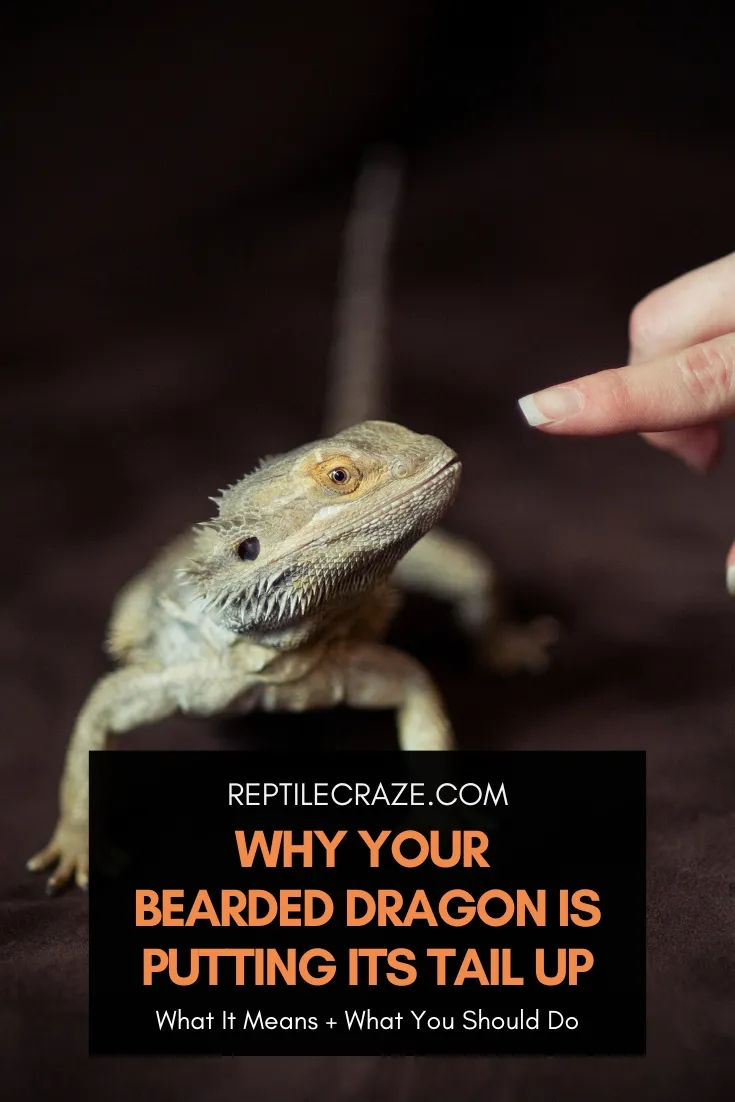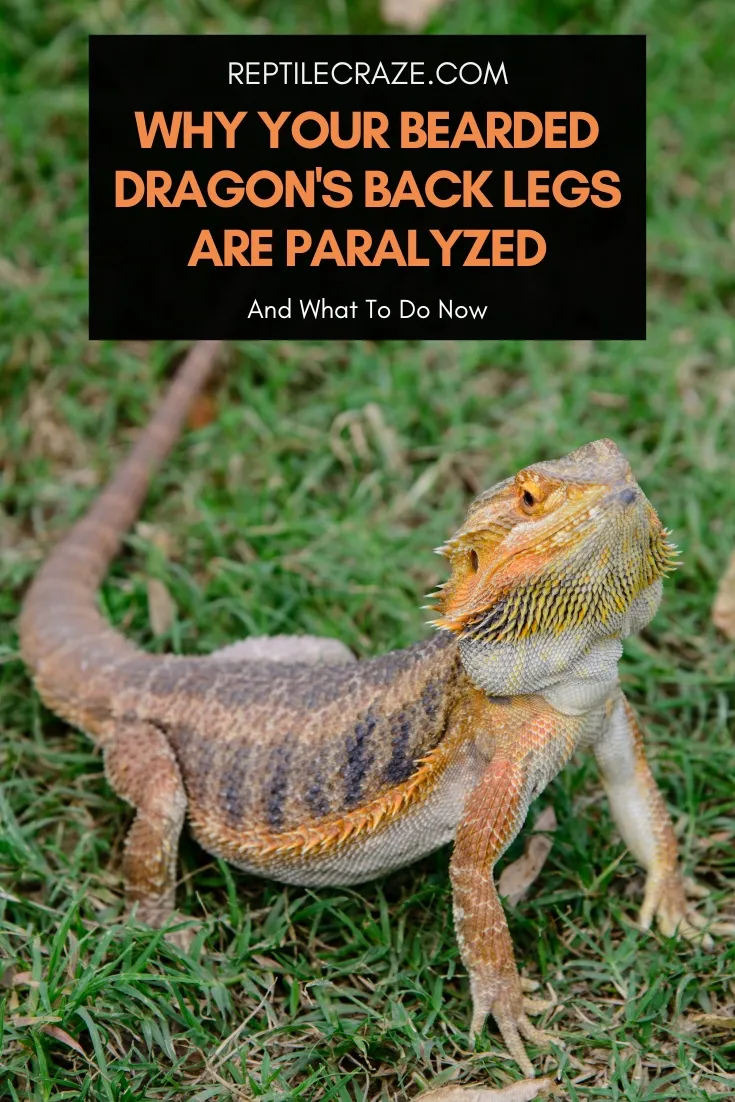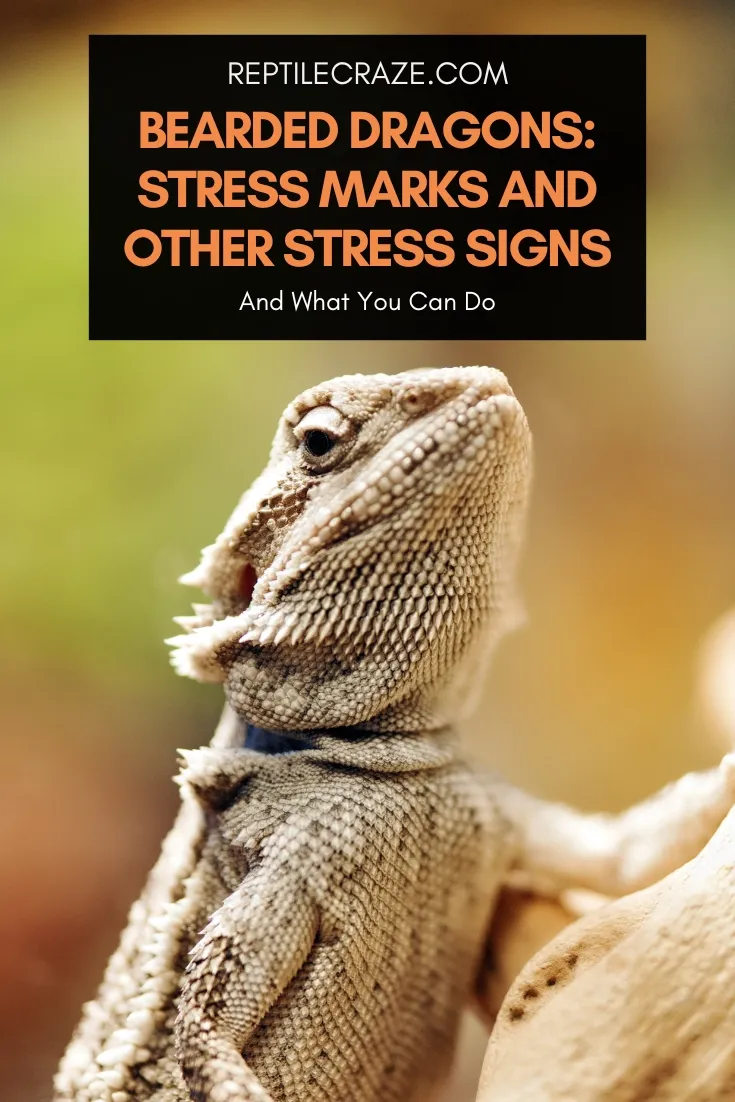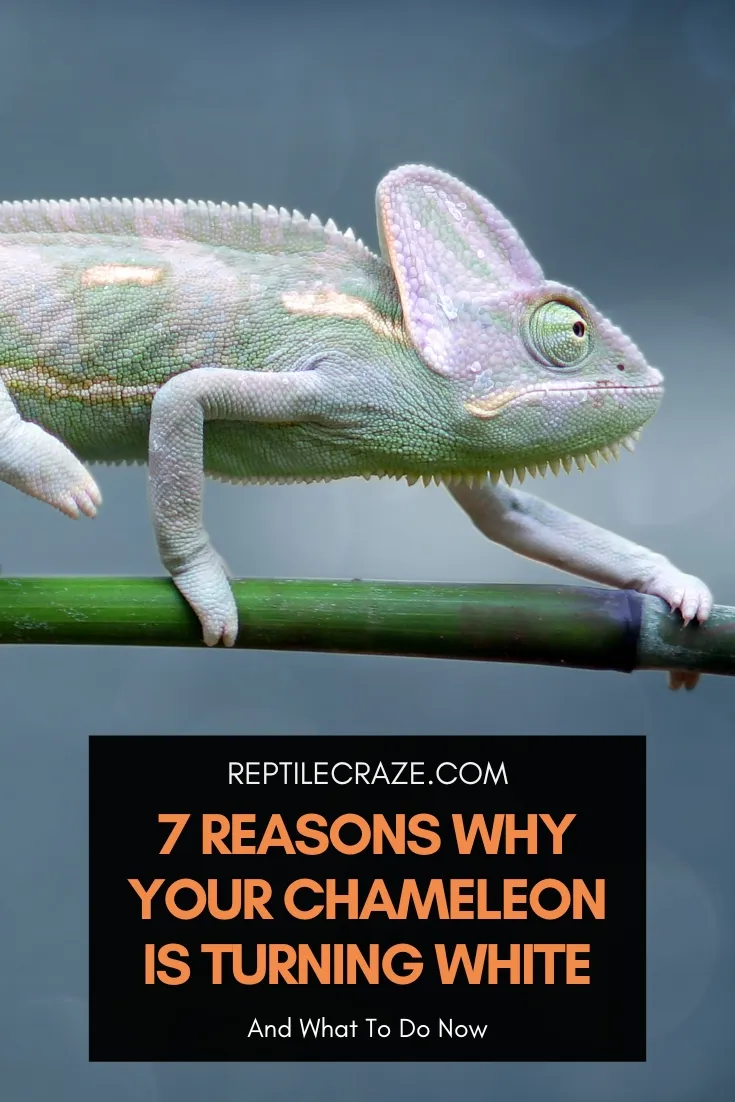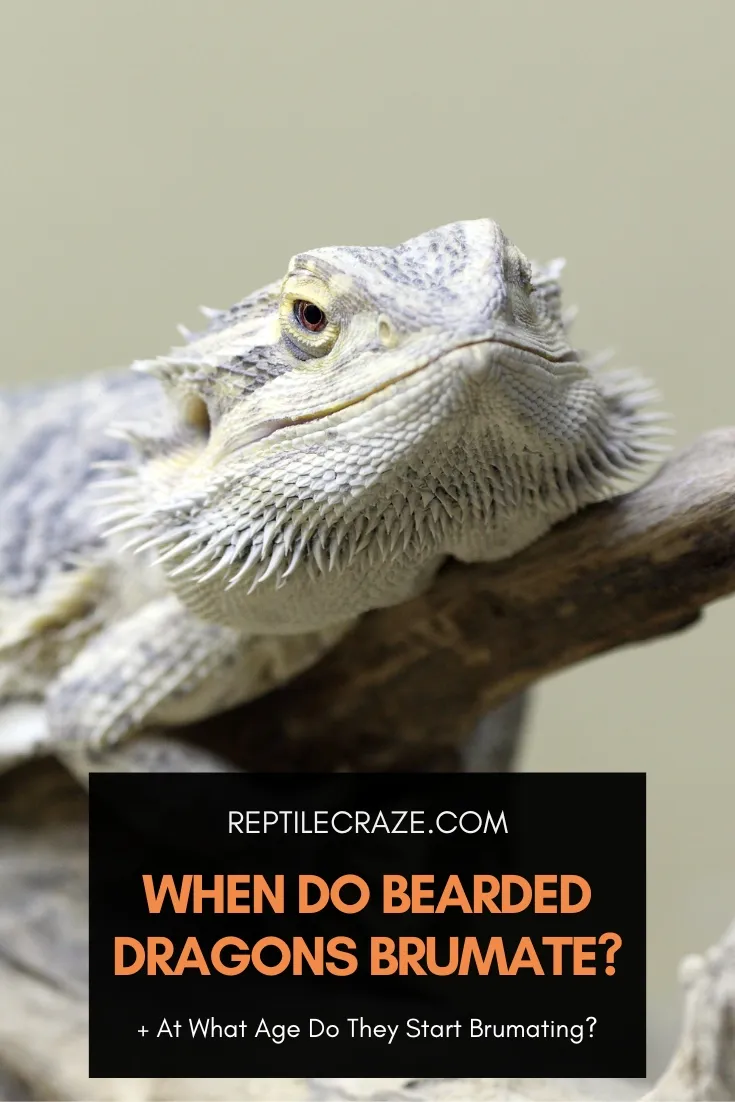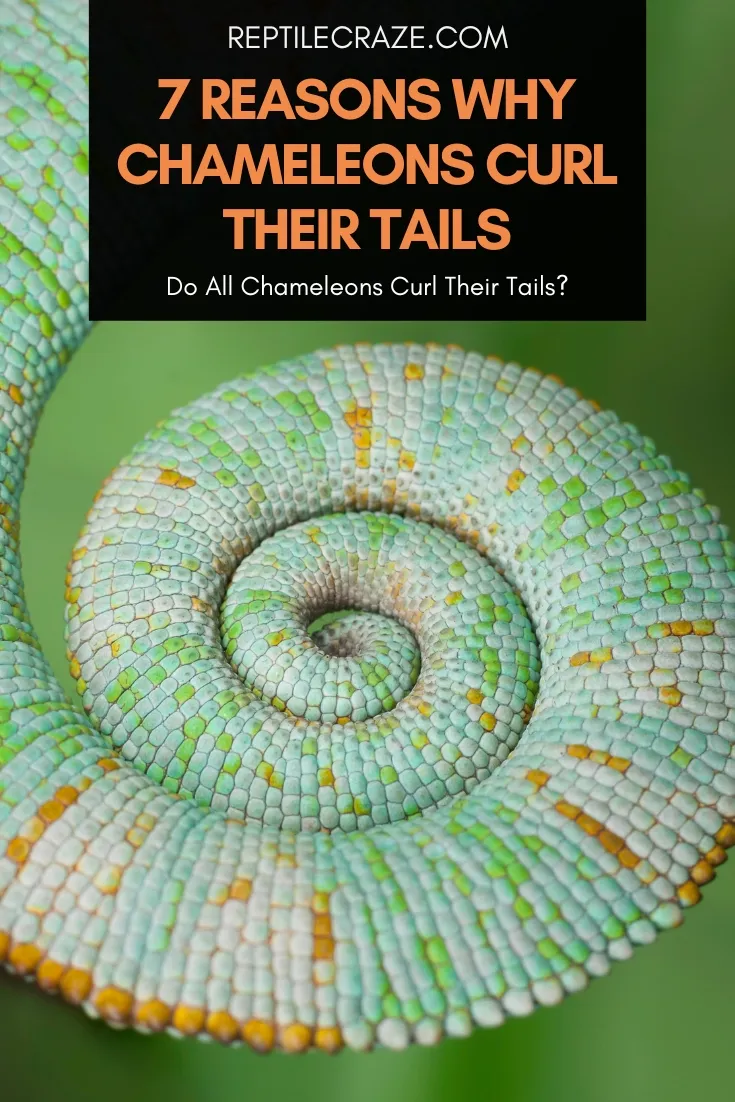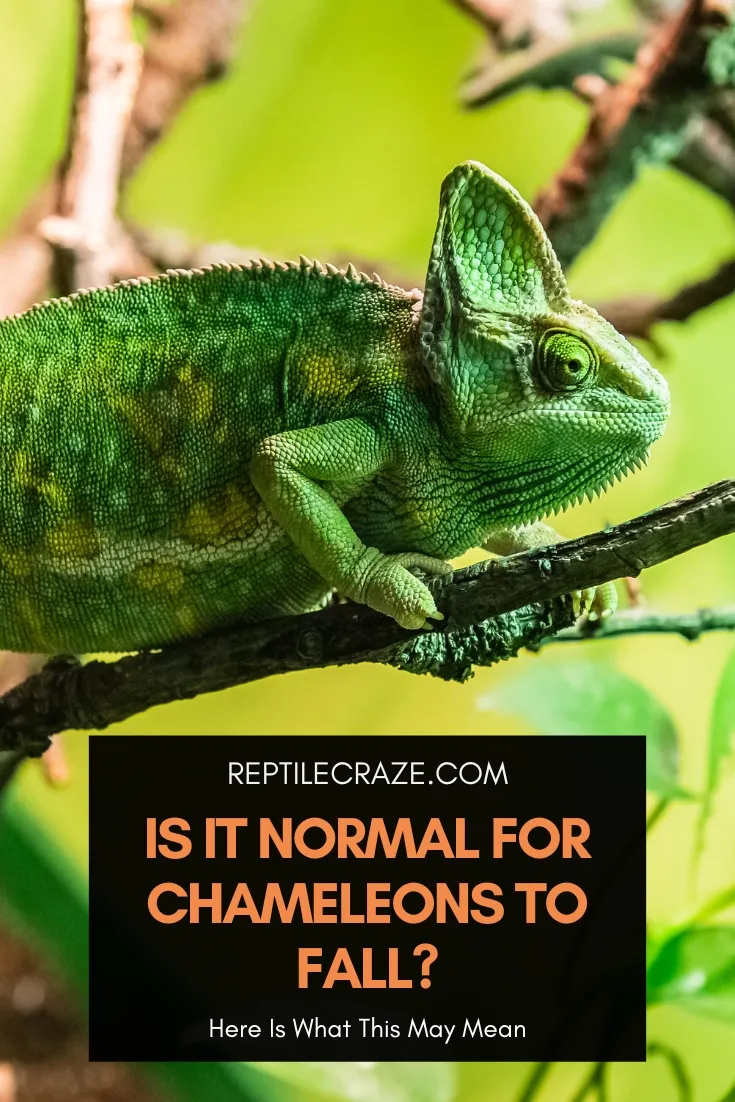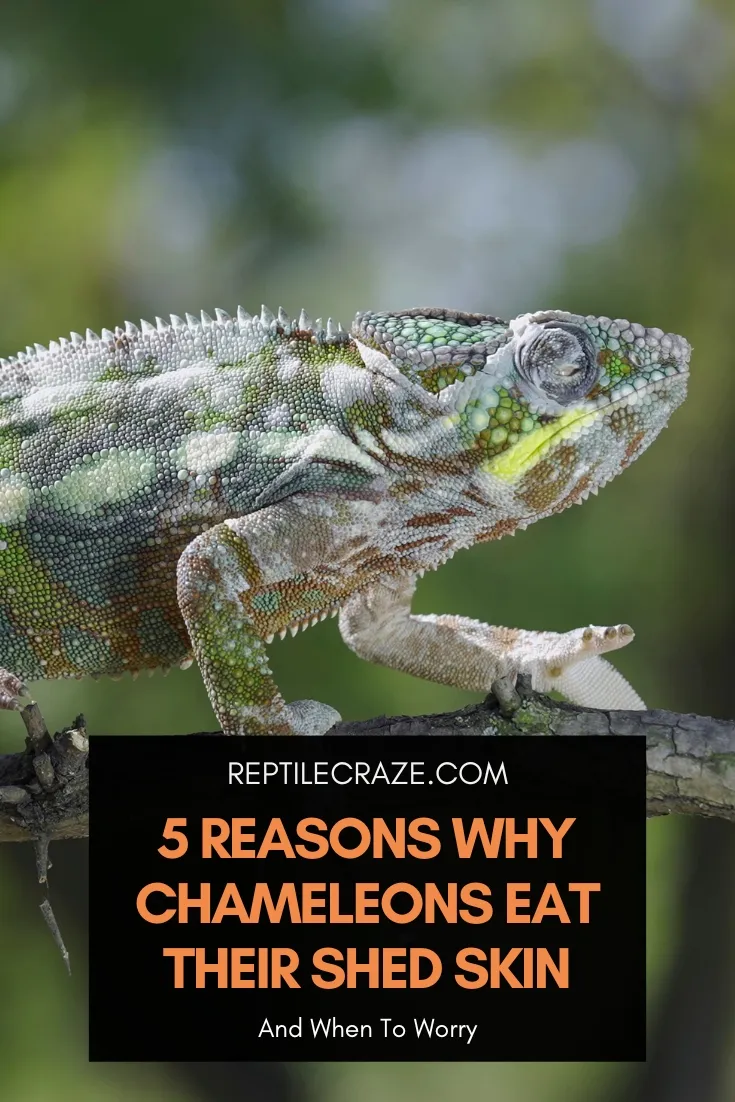A query ranking high among the dragon community nowadays is – why is my bearded dragon’s tail up? If you’ve been wondering the same, your efforts have led you to the right place! Bearded dragons point their tails up as a form of communication. Beardies with their tails up are generally excited, alert, or threatened. …
Reptile Behavior
Bearded dragons are a favorite among reptile enthusiasts because of their docile nature and unique appearance. However, they can face several health issues, one of the most common of which is the paralysis of their back legs. Paralysis in bearded dragons’ back legs is caused by a variety of conditions, including metabolic bone disease, injury, …
Bearded dragons are interesting and pretty laid back reptile pets. Sometimes though, bearded dragons can get stressed and then develop stress marks or show other stress-associated signs. Stress marks are dark, in the shape of an oval or line, and can be found on the stomach, arms, legs, or chin of a bearded dragon. Causes …
Chameleons are famous for their uncanny ability to change colors. As the popular 1980s song, Karma Chameleon, goes, “Loving would be easy if your colors were like my dreams: red, gold, green.” White is evidently not on this list, so when a chameleon turns white, it’s natural to wonder why. There are many reasons why a …
You’re probably here because you’ve noticed your bearded dragon behaving strangely and are wondering whether it’s a sign of brumation or not. Perhaps you’re just preparing for the upcoming winter. Whatever the reason, the question is, “When do bearded dragons brumate?” Bearded dragons start brumation when temperatures drop and daylight hours decrease. Generally, this occurs …
It can be incredibly concerning when your Uromastyx is not eating. Before you worry excessively, though, you should know that there are several reasons why this may be happening, some of which are perfectly normal for the species. Some of the most common reasons include stress, improper lighting or temperature, and even the wrong diet. …
Chameleons are notorious for their ability to change colors. However, they have another remarkable characteristic: they can curl their tails! If you’ve ever seen a chameleon, you’ve probably noticed how it stands still with its tail tightly curled. Why does this reptile do that? Chameleons have prehensile tails that function as a fifth limb. The …
You’re watching your pet chameleon climbing around in its vivarium, when suddenly your chameleon falls off the branch. You gasp and wonder, did it hurt itself? Is there something wrong? When a chameleon falls, they might not move for twenty or thirty minutes. This temporary paralysis is normal, so don’t panic if your chameleon doesn’t …
Oh no, your once vibrant green anole has just turned a dull brown! Yes, green anoles can change color but only between green and brown. The reason why your lizard switches hues depends on many factors. Green anoles turn brown due to environmental, psychosocial, and physiological causes. They typically change color when they are cold, …
Chameleons are a unique species with some interesting behaviors that can seem odd to us humans. Eating their own shed skin is one of them. But why do they do it? Chameleons eat their shed skin for several beneficial reasons. Eating shed skin can speed up the shedding process, provide needed nutrition, aid in capturing …

